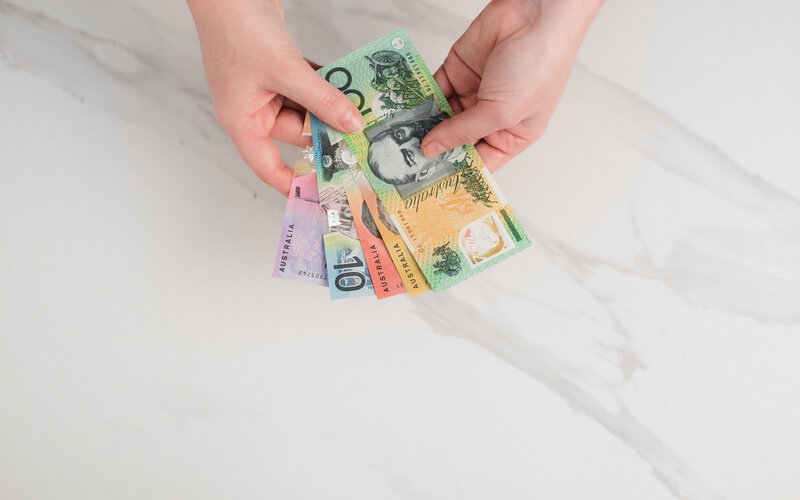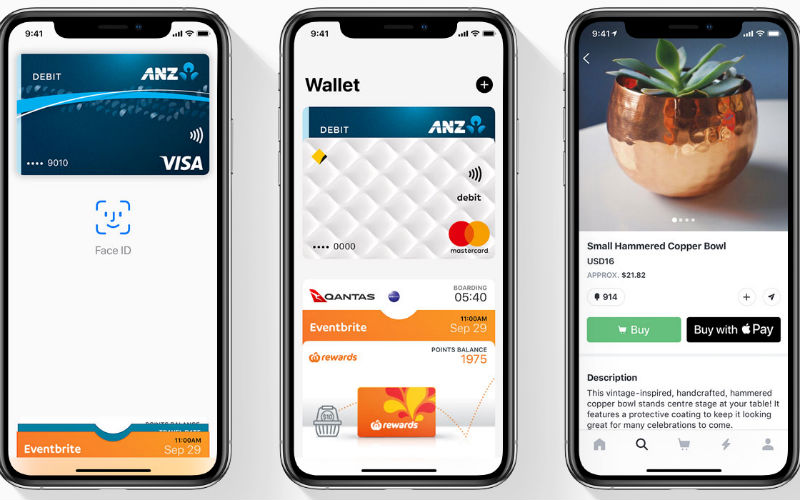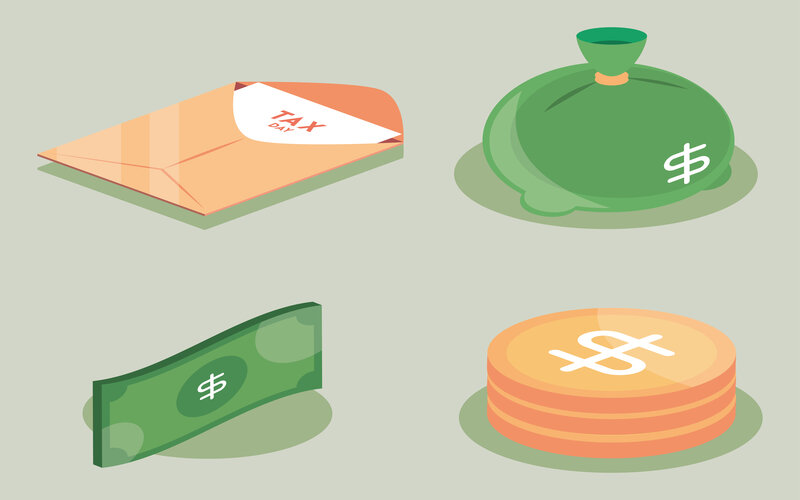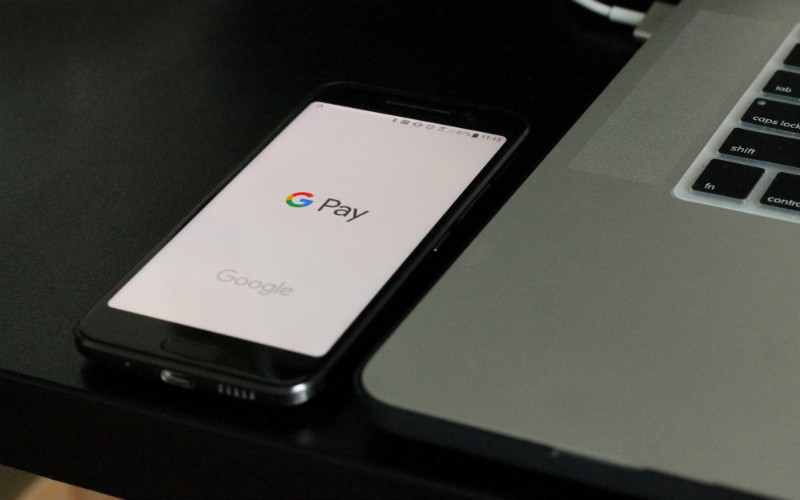It’s natural for parents to want to give their kids the best start in life. Opening a savings account for your new baby can be one way of creating a long-term nest egg for them when they need it - perhaps buying a first car, helping with university expenses, or giving them a kickstart for when they leave the nest one day. But there are a few things to consider.
Can you open a savings account for a baby?
Yes, you can but for some banks or credit unions, the account may have to be in your name until your baby turns 14. For others, you can open the account in your baby’s legal name, provided you and your baby meet the bank’s eligibility criteria.
This will involve supplying some identification documents, usually a combination of a passport, a Medicare card, or your child’s birth certificate. Some institutions may require one of the identity documents to include a photograph so this can be difficult to supply for a young child unless they have a passport.
Depending on the type of account that’s opened, the parent or guardian may need to be an authorised party on the account until the child is 14. This will entail different levels of access and control depending on the institution and the savings account itself.
Some banks and credit unions have accounts specially designed for children under 18. They typically pay interest and don’t charge any account-keeping fees. It pays to shop around rather than just open an account with your own institution as some accounts may come with deposit requirements or restrictions on withdrawals.
Be sure to check all the specialist baby and child bank account products, as well as more general high interest savings accounts, before you sign up to anything.
What is the best age to open an account for a child?
This is entirely up to you. As with any savings account, the longer your child has the account, the more they will reap the benefit of compound interest.
See also: Simple vs compound interest
If you’re wanting to put the account in your child’s name, you can open it from when they are a newborn, but not before. (You’ll need their birth certificate.) You can start making regular contributions right away. As your child grows and perhaps receives pocket money or cash for birthdays, they’ll also have somewhere to stash it.
When a child turns 14, most banks and credit unions allow them to open their own account or put them in their name if they’re not already. This is the age where young people can legally start working on a casual basis, so they’ll often require an account to receive their pay. If the account was opened in your name, you can generally transfer it to your child’s name around this time.
What to look for in a savings account for a baby?
Type of account
The big four banks, along with many others, provide specialist kids' savings products. Most of these come with no account or transaction fees and many will pay bonus interest if you meet certain conditions, such as a monthly deposit or ensuring the balance is higher than it was the previous month. Make sure you read the fine print of how to achieve the bonus interest rate (see ‘Conditions’ below) so you can consider whether this is workable for your needs and circumstances.
See also: The different types of savings account interest rates
Fees
Ideally, a baby or child’s savings account shouldn’t charge any fees (or very minimal fees), particularly if you intend it to be a set and forget style of account.
Rates
As with any financial product, the interest rate should be a primary consideration. Check high interest savings accounts as well as specialist baby/child banking products. Look for the best rate you can get with conditions that suit (see below) and make sure to review it regularly as your child grows. The market is changing all the time. You’re not locked into a savings account so be prepared to make a jump at some time in the future if there’s a better deal on the market.
Conditions
Arguably, just as important as the interest rate are the conditions attached to the account. Some accounts may come with handsome advertised rates but require you to jump through a few hoops to achieve them. As you’ll know - or find out - having a new baby leaves you little time to ensure you’re meeting conditions for achieving the highest interest rates or keeping up with changes to them. Go for no condition, or simple condition, accounts where you can.
Some specialist baby/child accounts may also come with withdrawal restrictions. This can be a good ‘enforced savings’ measure but ensure that it meets your needs as well. Many child savings accounts revert to mainstream adult accounts at the same institution when the child turns 18. Conditions and other account features are also likely to change accordingly at that time.
Features
Some institutions may offer to kick some funds into a new child’s bank account. Others may come with helpful learning and goal-setting tools your child can use as they get older. Make sure the account has accessible transfer options as well so you can easily transfer money to (and from) the account as needed.
Below are some accounts to consider:
How to open a bank account for a baby or child
Every bank or credit union may have slightly different requirements so it’s worth checking what these are before you set out.
Check if you can apply online or in person
Many banks will accept either, although some of the larger banks may require you to come into a branch if your child is under a certain age.
Ensure you have the right documents
Even if the account is going to be in your child’s name, you will also need identification as the parent or guardian as well as formal identification for your child. Banks may require ID with a photograph so that means a passport or driver’s licence. It’s best to check exactly what documents you, and your child, will require before you begin the application process.
Different accounts will have different levels of parental access or control, depending on your child’s age or the type of savings account. You may need to be an authorised party on some accounts and that may involve some additional steps.
Tax set up
Banks or credit unions may enquire as to your, or your child’s, residency status for tax purposes. They may also ask for your, or your child’s, tax file number when setting up the account. (See taxation considerations below.)
Transfer funds
Some institutions offer cash top-ups to first deposits into children’s accounts. Make sure you’re aware of any conditions attached so your child can take advantage of any free money special offers. You can set up regular transfers as you wish. It’s best to ensure they comply with any conditions.
What are the tax implications of a child’s saving account?
It goes without saying, if a savings account is earning interest, the tax man will probably want to know about it.
There is a tax-free threshold on savings account interest earnings for children under 16 and a higher threshold for those who provide the institution with a date of birth - or a tax file number (TFN). (Yes, even a baby can apply for a tax file number - there is no minimum age.)
As at February 2025, if the account earns less than $120 in interest (or $10 a month), a financial institution won’t withhold any tax. Even up to $420 a year in interest (or $35 a month) won’t see tax withheld if there is a birthdate or TFN attached to the account - and there is no need to lodge a tax return.
So, if you’re just opening up a savings account for your child and depositing a modest sum each month, you likely won’t have to worry too much about tax straight away, particularly if your account has been set up with your child’s birthdate or TFN.
What happens when the interest earned is above the tax-free threshold?
If there are larger amounts of interest accruing, according to the Australian Taxation Office, the interest should be declared by the person who owns or uses the funds of a child’s savings account, regardless of what type of account it is or the name of the account holder.
That means if you, as the parent, have provided the funds for the account, such as the initial and ongoing deposits, or you’ve decided how the money is spent, regardless of who you’ve spent it on, then you must include the interest earned in your own tax return.
If you hold a joint account with your child, the interest earned can be divided equally among all account holders who each declare their share of the income on their tax return. To do this, however, means that your child will need a TFN.
As you can see, all this can get quite complicated if you’ve set out with the best of intentions to give your child a financial head start. The tax man though is likely more concerned with parents who attempt to use children’s accounts to reduce their own taxable income. Be warned, the ATO may look a bit closer if it considers the money deposited in a child’s account to be excessive.
In most cases, when your child is young and not earning their own income or unable to make their own deposits and spending decisions, the tax office advises quoting the parent’s tax file number on any larger sums of interest earned.
There are different rules for formal trust accounts. Here are the ATO guidelines on children’s savings accounts.
Savings.com.au's two cents
There are many options for opening a savings account for your baby or young child. Many banks and credit unions have specialist children’s bank account products but be sure to check whether other general savings products might better suit your aims.
Many children’s accounts also come with age-appropriate educational tools designed to introduce young people to the concept of saving, goal setting, earning interest, and putting money aside regularly, hopefully as the start of a lifelong financial habit.
Don’t forget to address taxation considerations if you foresee the account earning considerable interest one day. It may not start out that way but, depending on contributions, the interest the account earns may be taxable in the future. An accountant or financial advisor is the best person to consult if you expect this will affect you or your child. It can be relatively seamless if you set your account up with your child’s birthdate or tax file number in the first place.
Keep in mind too that regular contributions over the years are key to growing a nest egg as interest will only get you so far. To give you some idea, a $10,000 balance earning 3% p.a. interest in a savings account will be worth around $17,000 over 18 years but with monthly contributions of $100, it would be worth around $45,500.
First published on January 2022
Image by Pixabay via Pexels


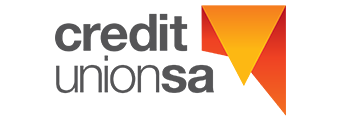
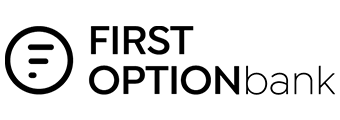
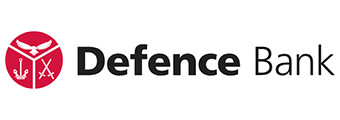
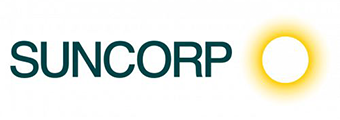
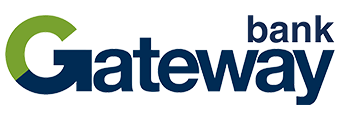


 Denise Raward
Denise Raward
 Harry O'Sullivan
Harry O'Sullivan
